Ever tried sitting still and paying attention, only to realize your brain is doing everything except that? You’re not alone. That’s where guided meditations come to the rescue! They give our wandering minds a nudge in the right direction and help us stay focused and maintain our concentration. Personally, I have found guided chakra meditation to be really helpful.
Chakra meditation is an age-old wellness practice aimed at activating and balancing the energy centers, or chakras, in our bodies. This practice can help you feel more grounded, centered, connected, and at peace. But how to do it correctly? That’s exactly what we are going to discuss today! But first let’s understand what chakra meditation really means.
What is Chakra meditation?
Chakra meditation is an ancient Eastern practice that has been around for thousands of years. It first appeared in ancient Indian yogic texts dating back to around 1500–1200 BCE and was subsequently adopted by Hinduism, Buddhism, and Jainism.
The word “chakra” comes from Sanskrit and means “circle,” “disc,” or “wheel.” Our body has seven chakras or energy centers in total, positioned from the base of the spine to the top of the head. It is through these chakras that our vital energy, or prana shakti, flows. At times, these energy channels can become blocked, which may result in illness and disruptions to the body’s natural processes. That is why it is important to understand what each chakra represents and how to keep this energy flowing freely to maintaining balance and overall well-being
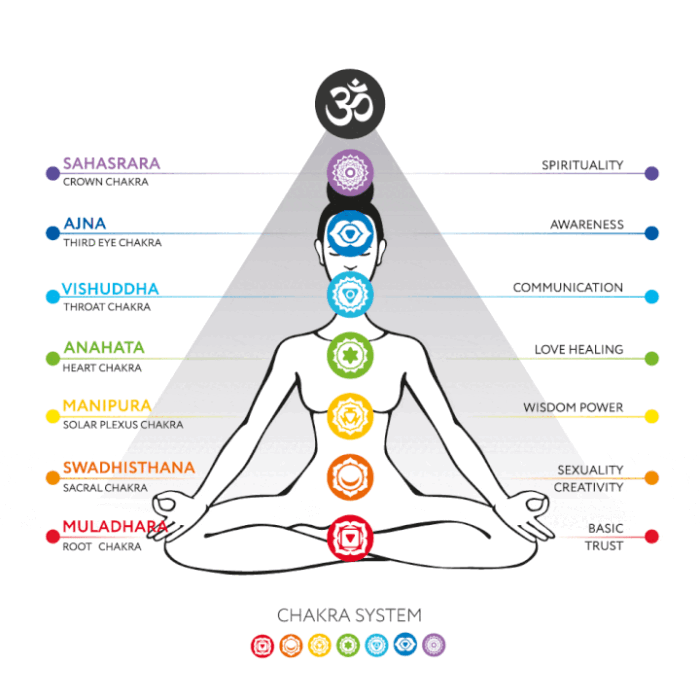
Chakra meditation helps realign these energy centers, bringing the body back into balance. When the chakras are aligned and activated, they vibrate at a higher frequency, giving us energy and vitality.
Now that you know what chakra meditation is and why it is important, let’s start by understanding our chakras first.
Understanding the Seven Chakras
Root Chakra
Name: Muladhara
Location: Located at the base of the spine, in the tailbone area.
Color: Red
Governs: The base of the spine, tailbone, and legs. It also influences the lower digestive tract and the immune system.
Imbalances: Fear, anxiety, insecurity, financial instability, and a feeling of being ungrounded. Physical issues may include lower back pain, leg problems, and issues with the immune system.
Sacral Chakra
Name: Svadhisthana
Location: Found in the lower abdomen, about two inches below the navel.
Color: Orange
Governs: Lower abdomen, hips, pelvis, and reproductive organs. It affects the kidneys, bladder, and lower back.
Imbalances: Emotional instability, lack of creativity, problems with intimacy, and difficulty enjoying life. Physical issues may include reproductive problems, urinary issues, and lower back pain.
Read More: Meditation For Success: Why And How It Is Essential
Solar Plexus Chakra
Name: Manipura
Location: Situated in the upper abdomen, between the navel and the breastbone.
Color: Yellow
Governs: Upper abdomen, solar plexus area, and the digestive system. It influences the stomach, liver, pancreas, and adrenal glands.
Imbalances: Low self-esteem, lack of confidence, feeling powerless, and issues with control or anger. Physical issues may include digestive problems, stomach ulcers, and fatigue.
Heart Chakra
Name: Anahata
Location: Located at the center of the chest, just above the heart.
Color: Pink or green
Governs: Chest area, heart, lungs, and upper back. It also affects the thymus gland and the circulatory system.
Imbalances: Difficulty in relationships, lack of compassion, feelings of isolation, and emotional imbalance. Physical issues may include heart problems, respiratory issues, and upper back pain.
Throat Chakra
Name: Vishuddha
Location: Found in the throat area.
Color: Blue
Governs: Throat, neck, jaw, and mouth. It influences the thyroid gland and the upper respiratory system.
Imbalances: Difficulty expressing oneself, fear of speaking, or speaking too much without thinking. Physical issues may include sore throat, thyroid problems, and neck pain.
Third Eye Chakra
Name: Ajna
Location: Located between the eyebrows, slightly above the bridge of the nose.
Color: Indigo
Governs: Forehead, between the eyebrows, and the brain. It affects the pituitary gland and the eyes.
Imbalances: Lack of intuition, confusion, inability to see the bigger picture, and overactive imagination. Physical issues may include headaches, vision problems, and issues with sleep.
Read More: The Power Of Micro Meditation: De-Stress And Find Inner Peace In Moments
Crown Chakra
Name: Sahasrara
Location: Positioned at the top of the head.
Color: Violet or white
Governs: Top of the head and the brain. It influences the pineal gland and the central nervous system.
Imbalances: Feelings of disconnection from spirituality, lack of purpose, and difficulties in understanding one’s life path. Physical issues may include neurological problems, migraines, and issues with the nervous system.
Preparing for Chakra Meditation
If you want to give chakra meditation a try, here is what to need to do:
- Start by finding a quiet, comfortable place to sit. If you’re new to meditation, a cross-legged or kneeling position works well. If sitting cross-legged, use a block or bolster to raise your hips above your knees, keeping your spine long.
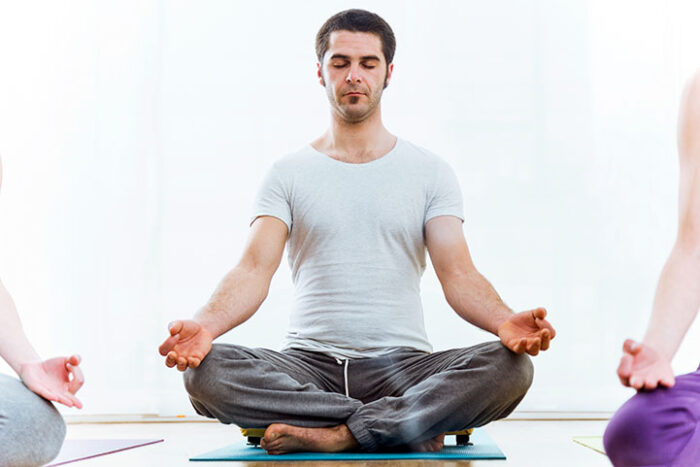
- Sit comfortably and take a few moments to breathe deeply. Notice your breath without changing it, then gradually make your inhales and exhales longer and deeper.
How To Do Chakra Meditation
Muladhara – Root Chakra Meditation
Focus on the base of your spine. Visualize a red wheel of energy spinning there. As you breathe out, chant the sound “lam” for a minute or two, letting the vibration resonate through your body.
Svadhistana – Sacral Chakra Meditation
Place your hands on your belly, below your navel. Picture an orange wheel of energy spinning there. As you exhale, chant “vam,” feeling the energy flow.
Manipura – Solar Plexus Chakra Meditation
Move your hands to your abdomen, above your navel. Visualize a yellow wheel of energy at your solar plexus. Chant “ram” as you breathe, feeling the warmth and power.
Anahata – Heart Chakra Meditation
Bring both palms flat on your chest. Feel your heart rise and fall with each breath. Visualize a green light filling your heart center. As you exhale, chant “yam.”
Vishuddha – Throat Chakra Meditation
Place your hands in Anjali Mudra at your throat. Feel the vibrations as you chant “ham,” imagining a blue light flowing through your throat.
Ajna – Third Eye Chakra Meditation
Shift your mudra to the center of your forehead. Picture an indigo wheel or lotus blooming there. Chant “om” as you breathe, feeling clarity and insight.
Sahasrara – Crown Chakra Meditation
Move your hands to the top of your head, fingers pointing upward. Visualize a purple light shining brightly above you. Breathe deeply without chanting, feeling a connection to the universe.
Read More: 10 Unusual Meditation Techniques from Around the World
Potential Benefits Of Chakra Meditation
Enhanced Energy Flow: Balancing chakras can help release blockages, allowing energy to flow freely throughout the body, promoting overall vitality.
Improved Emotional Balance: Chakra meditation can help regulate emotions, leading to reduced anxiety, stress, and mood swings by harmonizing the energy centers.
Increased Focus and Clarity: Clearing and balancing the mind through chakra meditation can enhance concentration and mental clarity, making it easier to focus on tasks.
Spiritual Growth: Regular practice encourages self-discovery and personal insight, fostering a deeper connection to oneself and the universe.
Physical Well-being: Aligning chakras may support physical health by addressing symptoms linked to chakra imbalances, such as headaches or digestive issues.
Improved Relationships: By promoting self-awareness and emotional regulation, chakra meditation can enhance communication and empathy, improving personal relationships.
Stress Reduction: The meditative aspect promotes relaxation and mindfulness, reducing stress and its negative effects on both mind and body.
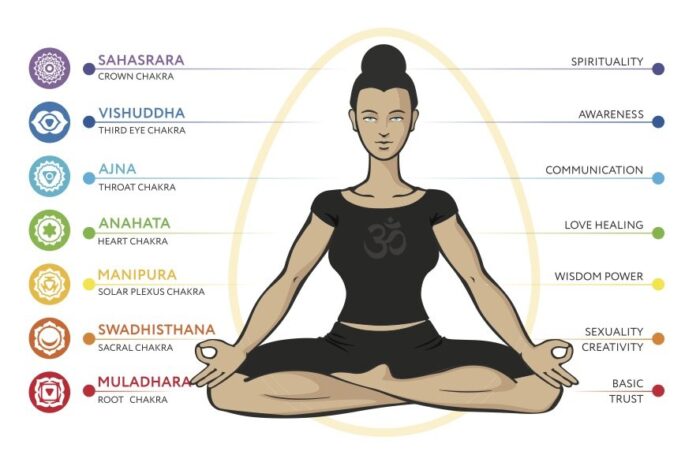
Heightened Intuition: Working with the third eye chakra can strengthen intuitive abilities, helping you trust your instincts and make better decisions.
Boosted Creativity: Balancing the sacral chakra can unlock creative potential, allowing for greater expression and innovation in various areas of life.
Deepened Mindfulness: Chakra meditation encourages living in the present moment, fostering a sense of peace and acceptance.
Final Thoughts
Chakra meditation, as you are aware now, has a lot to offer. You just need to be consistent to enjoy all it’s benefits. Start with shorter sessions and gradually increase the length of your sessions. Once you are done, take a moment to reflect on your experience and examine your thoughts and feelings. This reflection not only deepens your practice but also helps you track your progress and enhance your overall well-being. Stay consistent and patient; the positive changes will follow!
Frequently Asked Questions (FAQs):
How long should I meditate on each chakra?
Beginners can start with 5-10 minutes per chakra and gradually increase the duration as they become more comfortable. Ultimately, it depends on your personal preference and experience level.
Do I need any special tools for chakra meditation?
While tools like crystals, incense, or singing bowls can enhance your practice, they are not necessary. All you really need is a quiet space and your intention to focus on your chakras.
What should I do if I feel overwhelmed during meditation?
If you feel overwhelmed, gently bring your focus back to your breath or take a break. It’s important to listen to your body and mind and adjust your practice as needed.
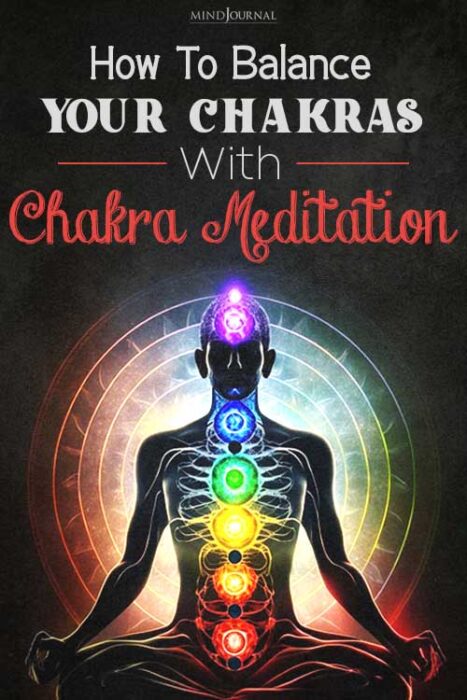
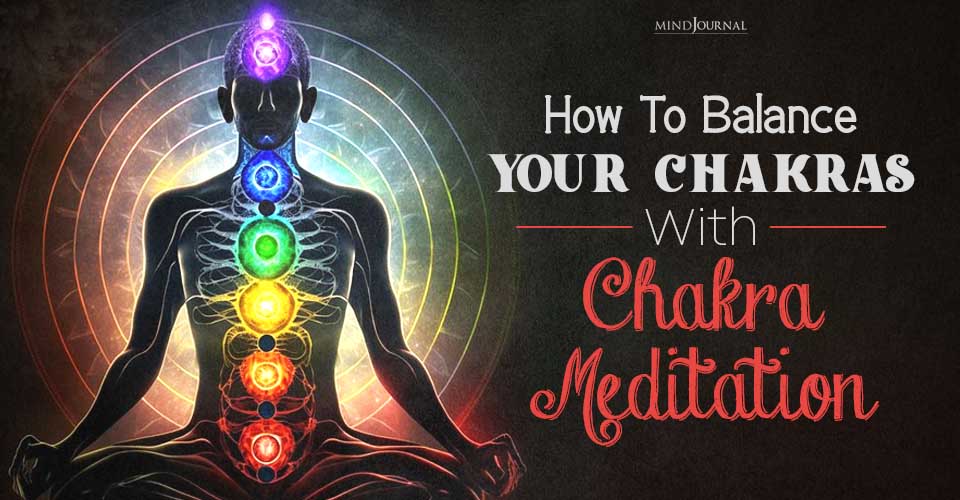
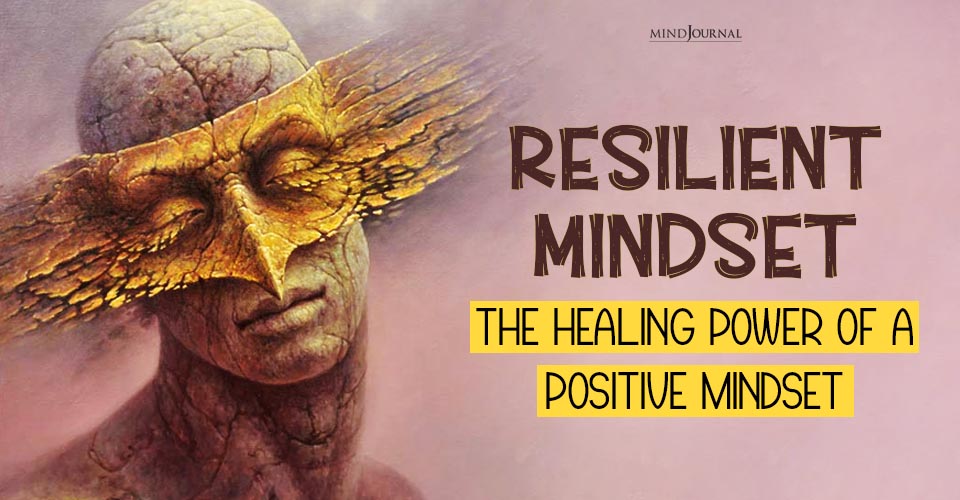





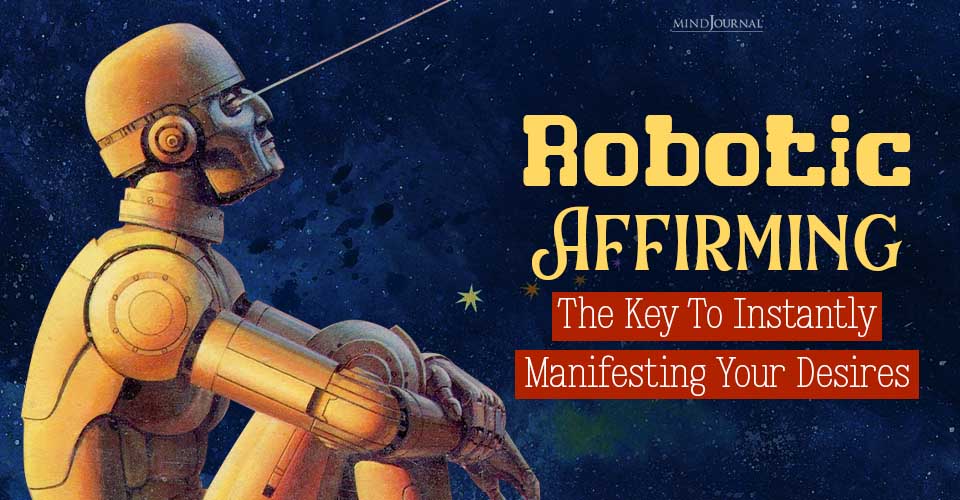

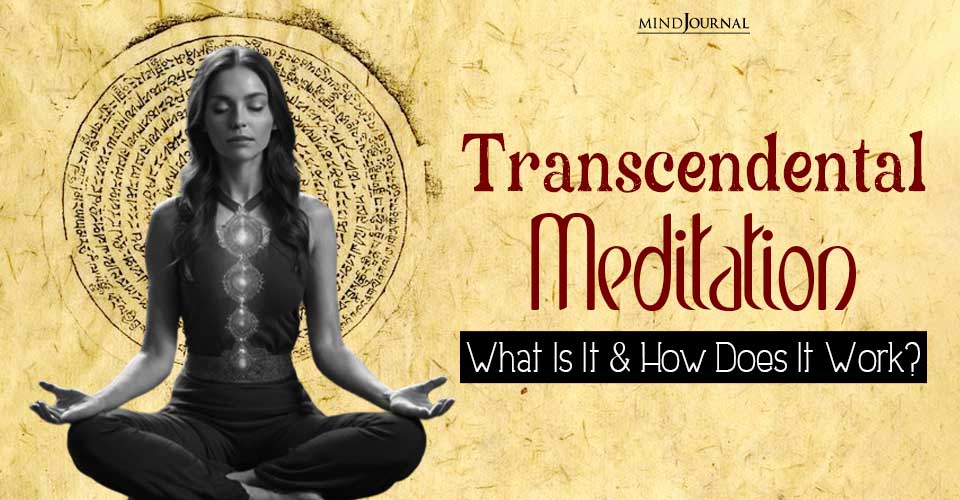
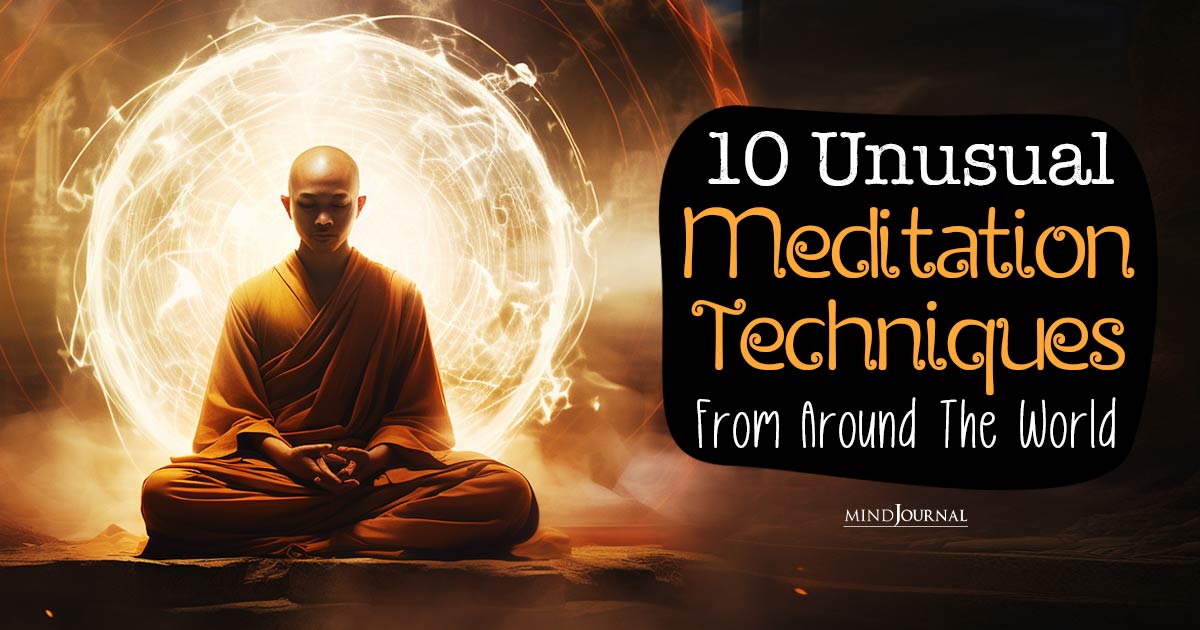
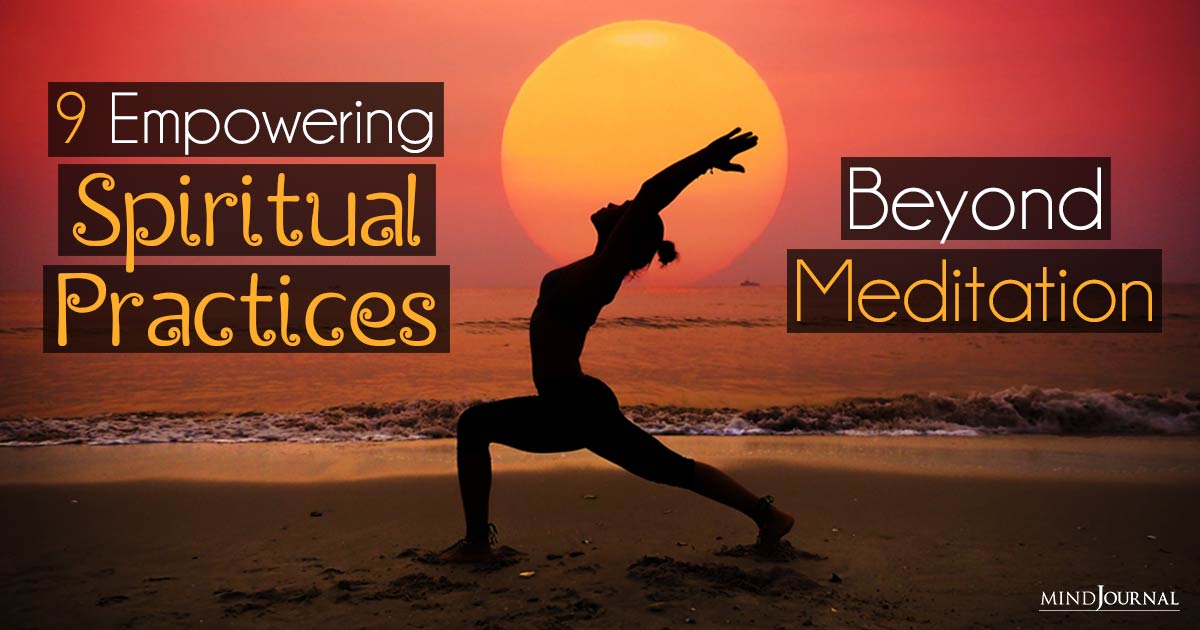
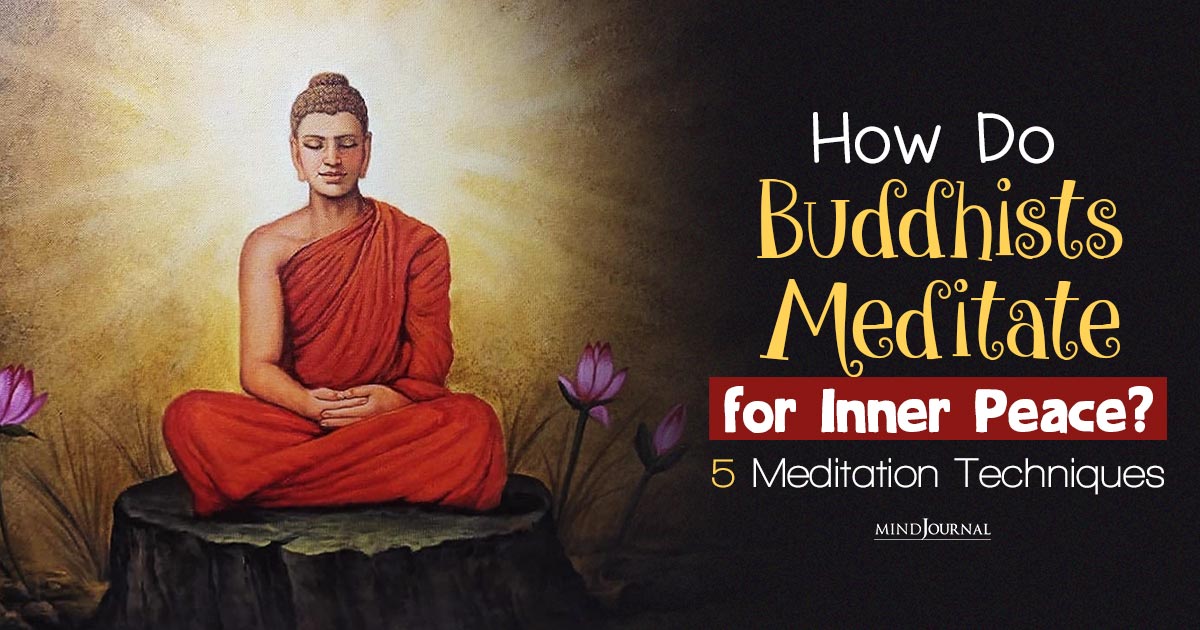
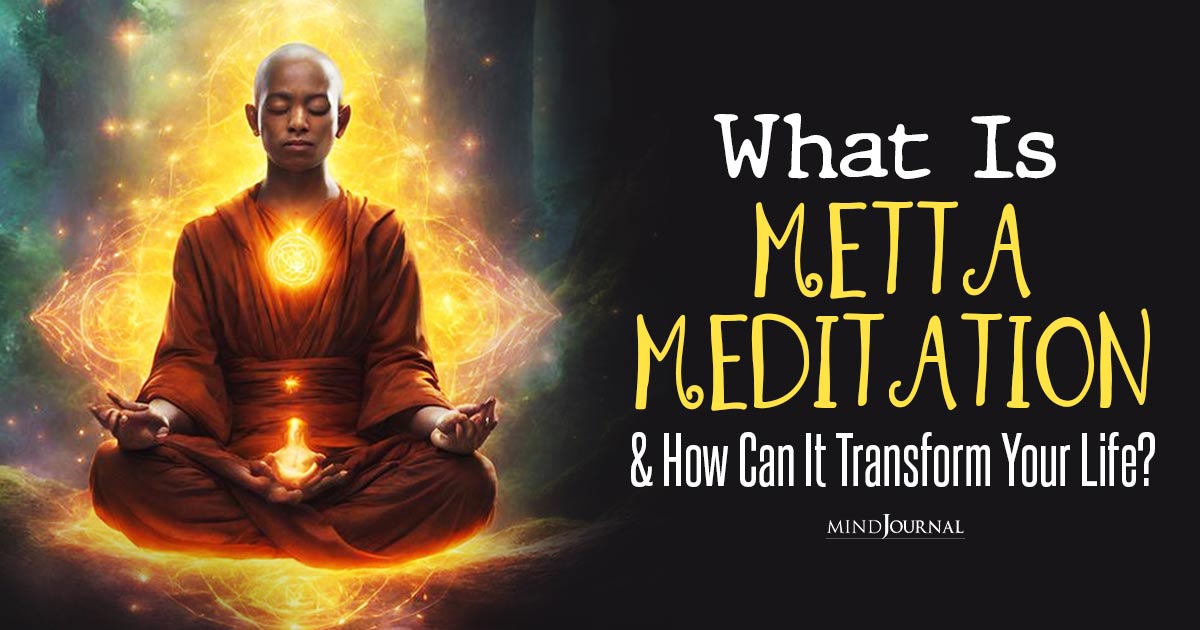
Leave a Reply
You must be logged in to post a comment.